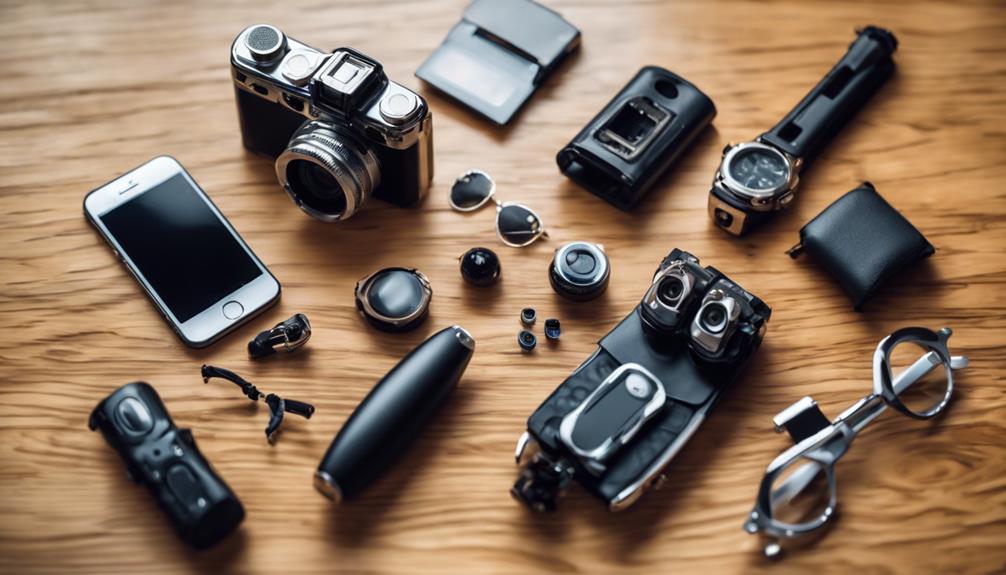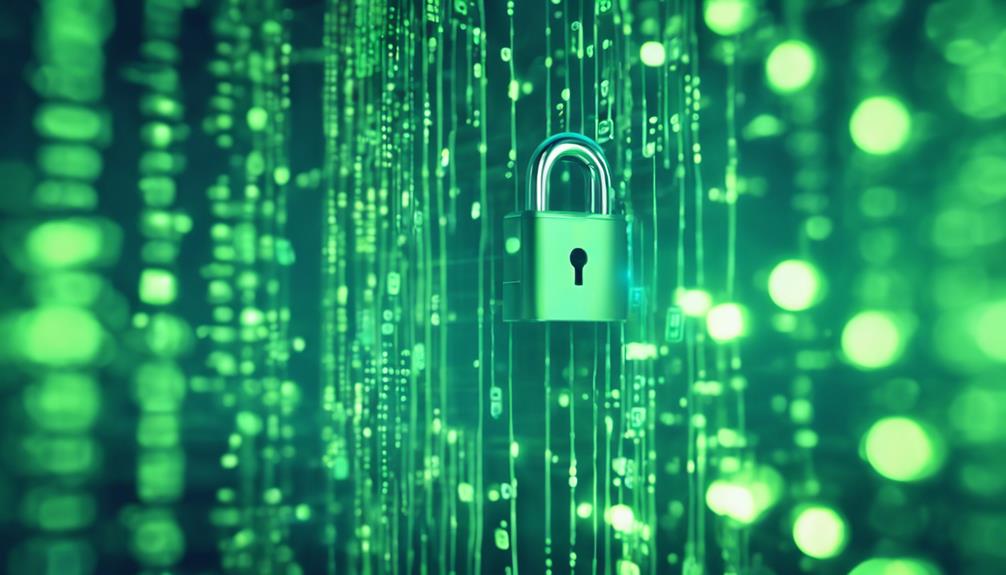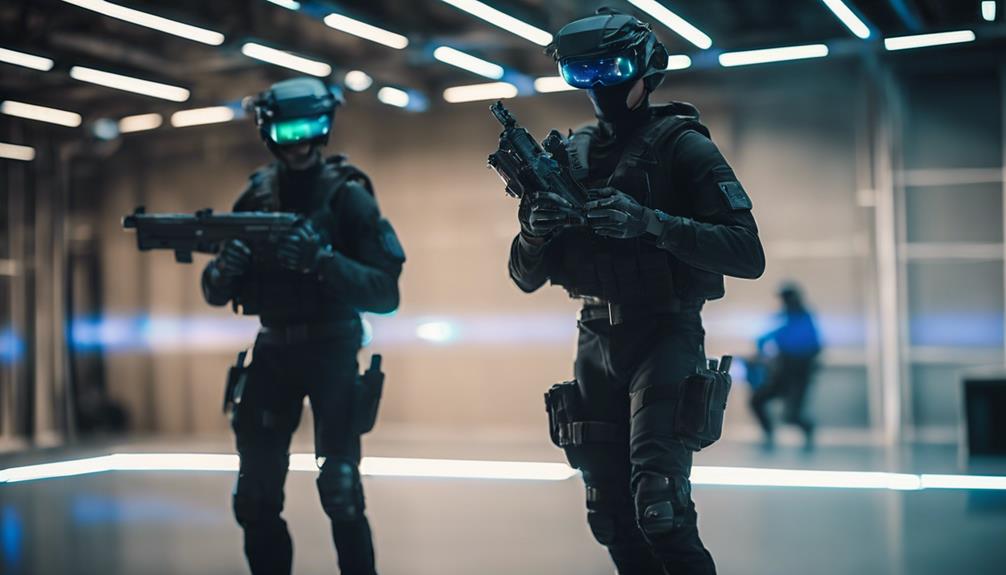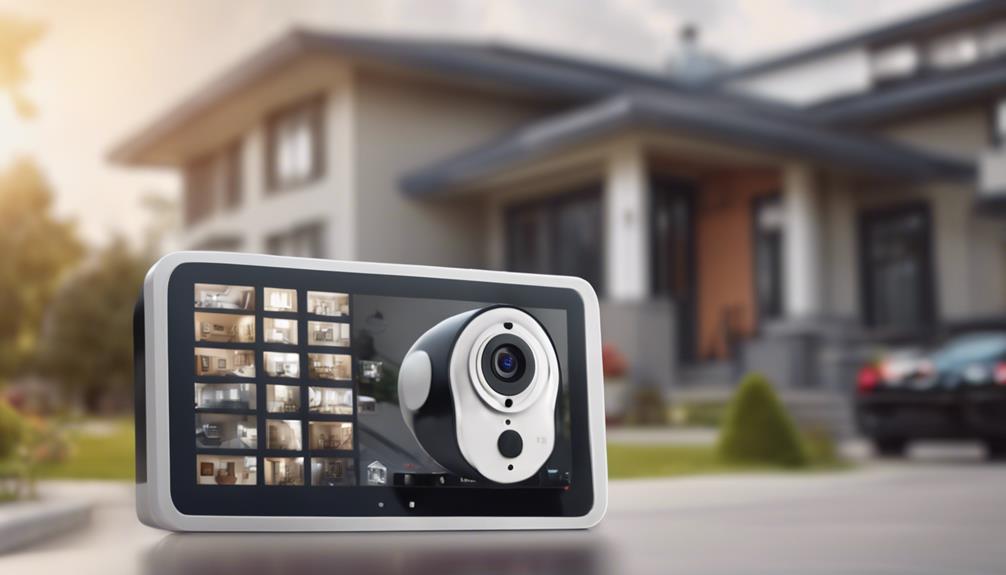
In an era where surveillance technology is becoming increasingly accessible, spy cameras have emerged as popular tools for security, monitoring, and even discreet recording. However, the performance and reliability of these cameras greatly depend on one essential component: the SD (Secure Digital) memory card. Understanding how to select the right SD card and maintain its efficiency can make a significant difference in the functionality of your spy camera. In this article, we will delve into the various aspects of SD cards in relation to spy cameras, providing you with valuable insights to enhance your surveillance experience.
Understanding the Role of SD Cards in Spy Cameras
SD cards serve as the primary storage medium for data captured by spy cameras. When you record video footage or take snapshots, the camera saves this information directly onto the SD card. The capacity and speed of the SD card will directly impact how much data can be stored, as well as the quality and duration of recordings. A reliable SD card ensures that your camera operates smoothly, without interruptions or loss of valuable footage.
Moreover, different types of spy cameras may have specific requirements for SD card usage. For instance, some cameras support microSD cards, which are smaller versions of standard SD cards. Understanding your spy camera’s specifications is crucial in selecting the right card to avoid compatibility issues and ensure optimal performance.
Choosing the Right SD Card for Your Spy Camera Needs
When selecting an SD card for your spy camera, consider the capacity first. Cards typically range from 2GB to 1TB, and higher capacity cards are ideal for long-term surveillance or cameras with high-resolution recording capabilities. If you plan to use your spy camera for extended periods, opting for a larger capacity card can save you from regularly changing cards and losing valuable footage.
In addition to capacity, pay attention to the card’s speed class, which impacts how quickly data can be written. Speed classes such as Class 10, UHS-I, and UHS-II denote different performance levels. For high-definition video recording, UHS-I or UHS-II cards are recommended, as they provide higher data transfer rates, ensuring that your camera captures smooth, uninterrupted footage.
How SD Card Storage Impacts Your Spy Camera’s Performance
The storage capacity of your SD card plays a pivotal role in determining how long and how effectively your spy camera can capture footage. A card with insufficient capacity may fill up quickly, leading to overwriting of old data or stopping the recording altogether. This can be particularly concerning if crucial events occur while the camera is unable to record due to a full memory card.
Additionally, the speed of the SD card affects not only how quickly data is written but also the camera’s overall performance. A slower card may result in dropped frames or reduced video quality. Therefore, investing in a high-capacity, high-speed SD card is essential for ensuring that your spy camera performs at its best and captures the high-quality footage you need.
Top Features to Look for in Spy Camera SD Cards
When shopping for an SD card for your spy camera, several key features should be on your checklist. First and foremost is the card’s durability; a robust card can withstand environmental factors like temperature fluctuations and moisture, which is crucial for outdoor surveillance scenarios. Look for cards labeled as "weather-resistant" or "shockproof" to ensure they can handle the demands of your surveillance environment.
Another important feature is data transfer speed. Opt for cards with high read and write speeds, as these will ensure that your camera operates efficiently, particularly when recording high-definition or 4K footage. Additionally, consider cards with built-in error correction technology, which helps in recovering data in case of any interruptions or corruption.
Comparing SD Card Types: Which is Best for Spy Cameras?
SD cards come in various types, including standard SD, miniSD, and microSD. For most spy cameras, microSD cards are the preferred choice due to their compact size and compatibility with a wide range of devices. MicroSD cards can also be adapted to fit standard SD card slots, providing flexibility.
Within these categories, you’ll encounter various speed classes and application performance classes. For spy cameras, UHS-I or UHS-II microSD cards are generally recommended because they offer the best performance for video recording. In contrast, standard SD cards may not provide the same level of efficiency and are often bulkier, making them less suitable for concealed installations.
How to Properly Format Your SD Card for Spy Cameras
Formatting your SD card is a critical step to ensure it functions correctly with your spy camera. Before using a new card, or if you’re experiencing issues with an existing one, formatting can help clear any corrupted files or errors, allowing for smooth operation. Most spy cameras will prompt you to format the card upon first use, but you can also format it manually using a computer for added assurance.
When formatting, choose the FAT32 file system for cards up to 32GB, or exFAT for larger cards. This will ensure maximum compatibility with your spy camera and other devices. Remember to back up any important files before formatting, as this process will erase all data on the card.
Tips for Maximizing Storage Space on Your SD Card
To maximize the storage space on your SD card, consider adjusting the video resolution and frame rate settings on your spy camera. Lowering the resolution can significantly extend recording time, especially if high-definition footage is not necessary for your monitoring needs. Many cameras offer various resolution options, allowing you to balance quality and storage effectively.
Another helpful strategy is to utilize motion detection recording features. This setting allows the camera to only record when it detects movement, conserving storage space while ensuring that you capture relevant events. Regularly reviewing and deleting unnecessary footage can also help maintain ample space on your SD card.
Ensuring Data Security: Protecting Your Spy Camera Files
Data security is paramount when it comes to the footage collected by your spy camera. Unauthorized access to this sensitive information can lead to significant privacy breaches. To protect your data, consider using SD cards that offer built-in encryption features, ensuring that your files remain safe even if the card is lost or stolen.
Additionally, regularly transferring footage from your SD card to a secure cloud storage service or external hard drive can serve as a backup. This practice not only protects your data from loss due to card failure but also enables you to clear the card and continue recording without interruptions.
Troubleshooting Common SD Card Issues in Spy Cameras
SD card issues can disrupt your spy camera’s functionality, leading to loss of footage or operational failures. Common problems include the card not being recognized, recording errors, or files becoming corrupted. If your camera fails to recognize the SD card, ensure that it is properly inserted and compatible with your device.
For recording errors or corrupted files, try reformatting the SD card, as this often resolves issues related to file structure. If problems persist, consider replacing the card, as it may be defective or nearing the end of its lifespan.
Best Practices for Maintaining Your SD Card Longevity
To ensure the longevity of your SD card, adopt several best practices. First, avoid removing the card from the camera while it is in use, as this can lead to data corruption. Always power off the camera before removing the SD card to prevent any potential damage.
Additionally, store your SD card in a cool, dry place when not in use, and avoid exposing it to extreme temperatures or humidity. Regularly check the card for signs of wear and replace it if you notice any physical damage or performance issues. Following these steps can help extend the life of your SD card, ensuring it continues to serve you well in your surveillance efforts.
In conclusion, the choice of an SD memory card is crucial for the performance and reliability of your spy camera. By understanding its role, selecting the right card, and following best practices, you can enhance your surveillance experience. Protecting your data and maintaining your SD card will ensure that you capture important moments without the fear of losing valuable information. Equip yourself with the knowledge shared in this article, and confidently navigate the world of spy cameras and SD cards for optimal performance.





